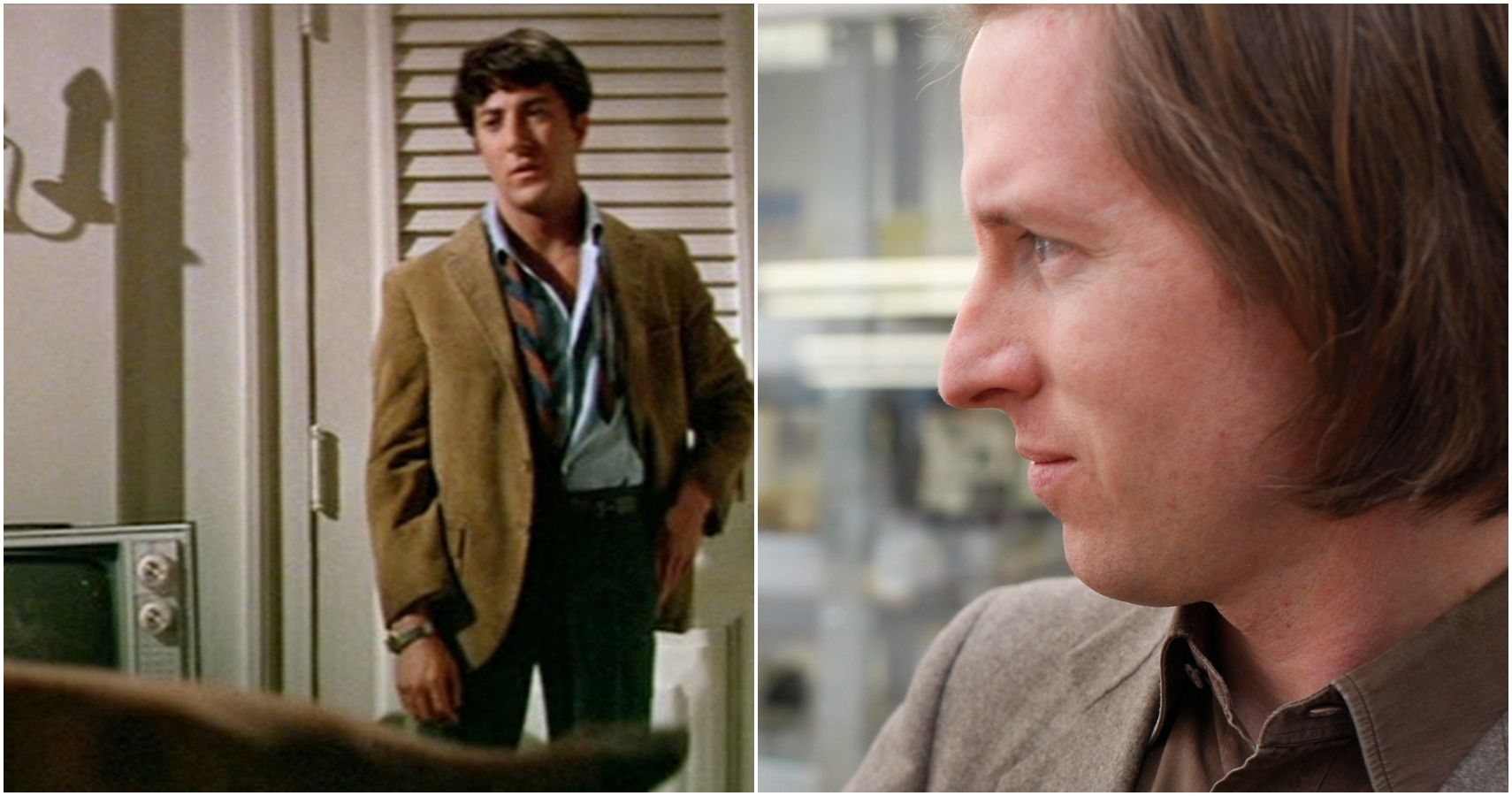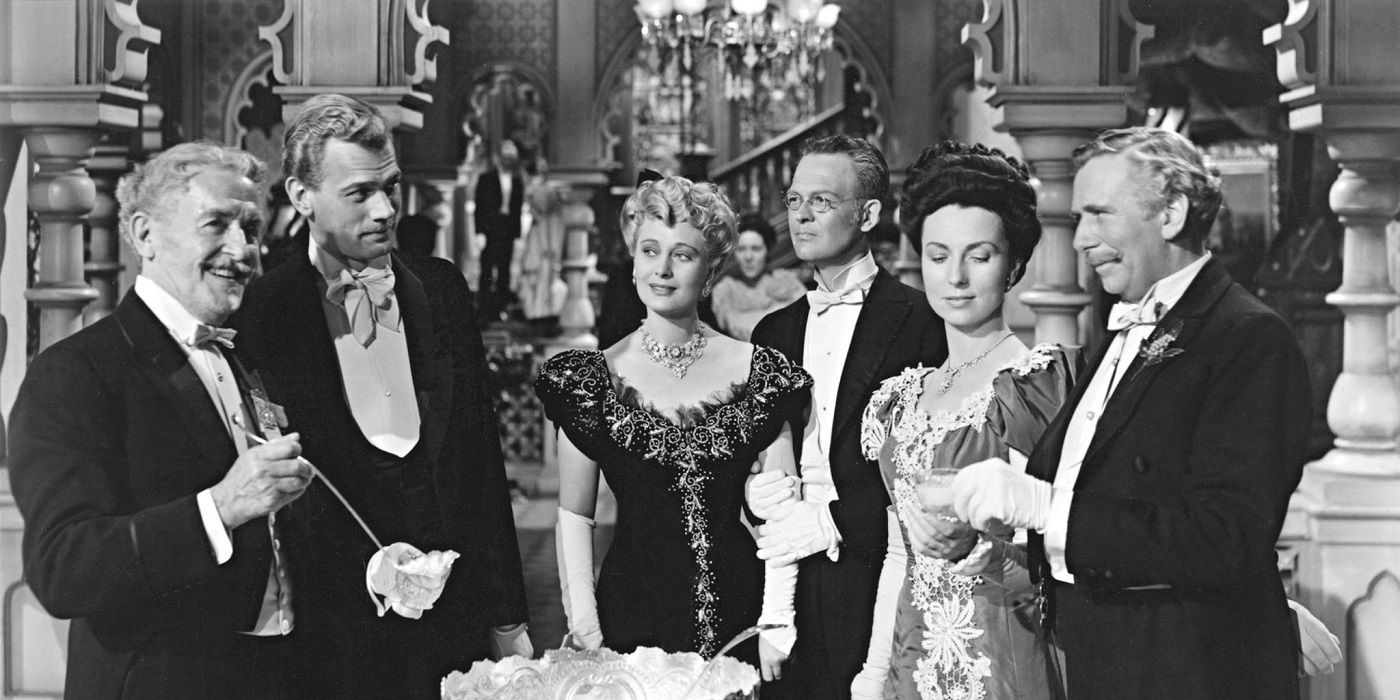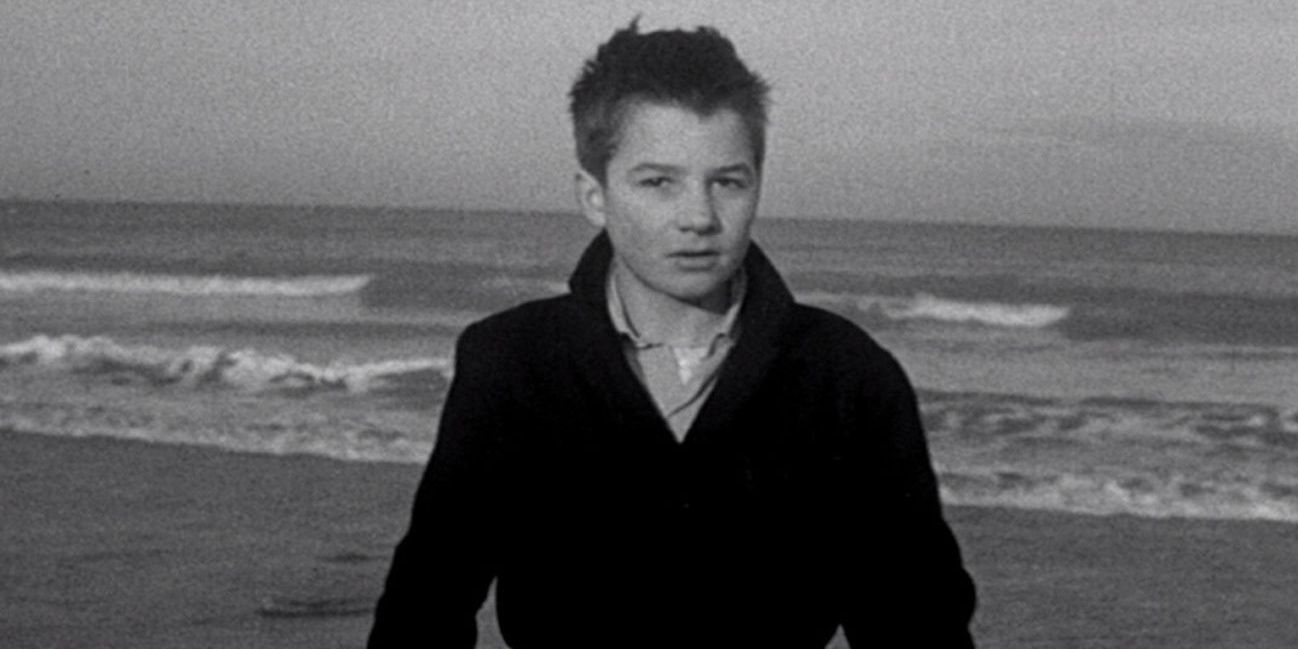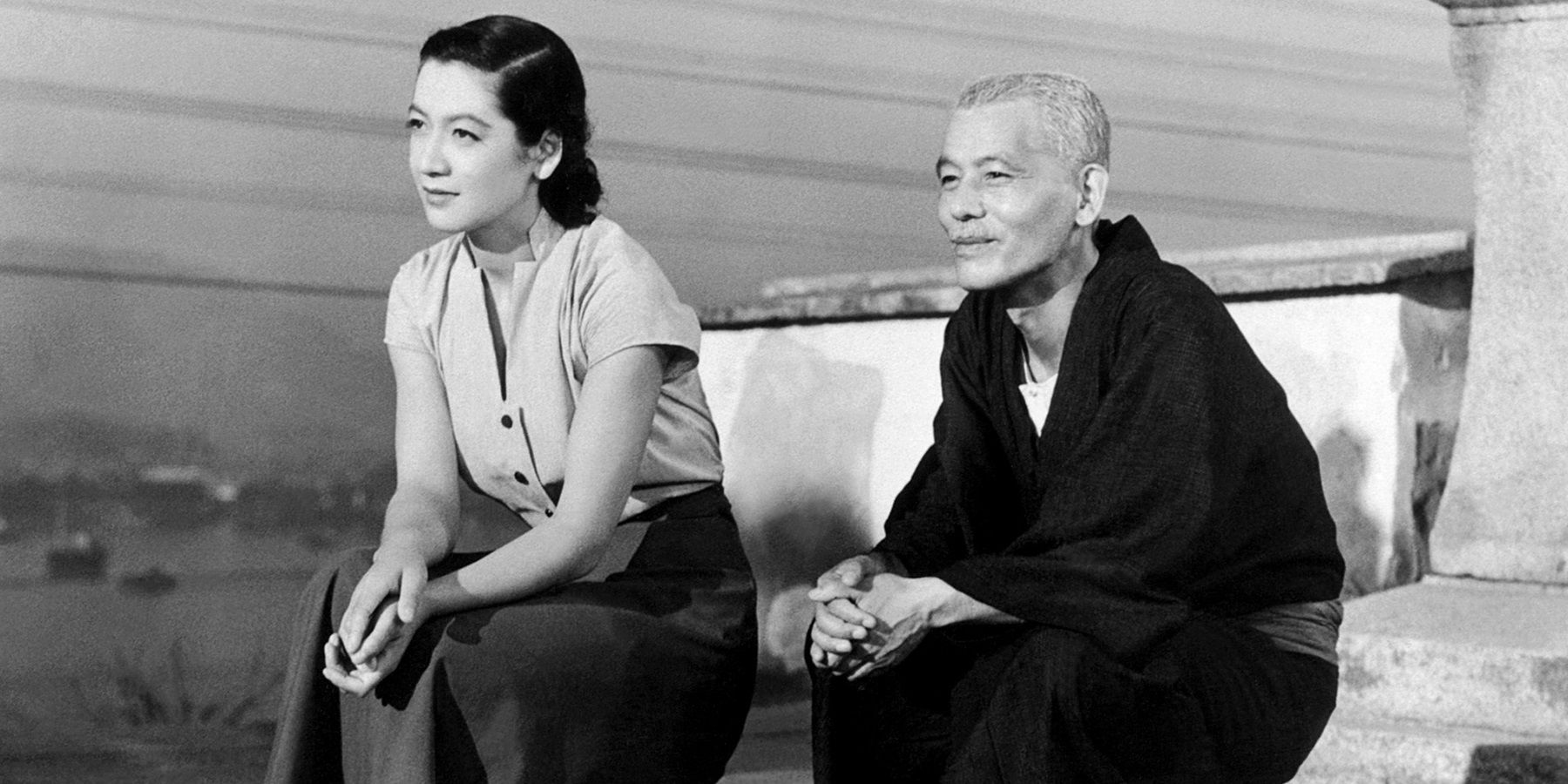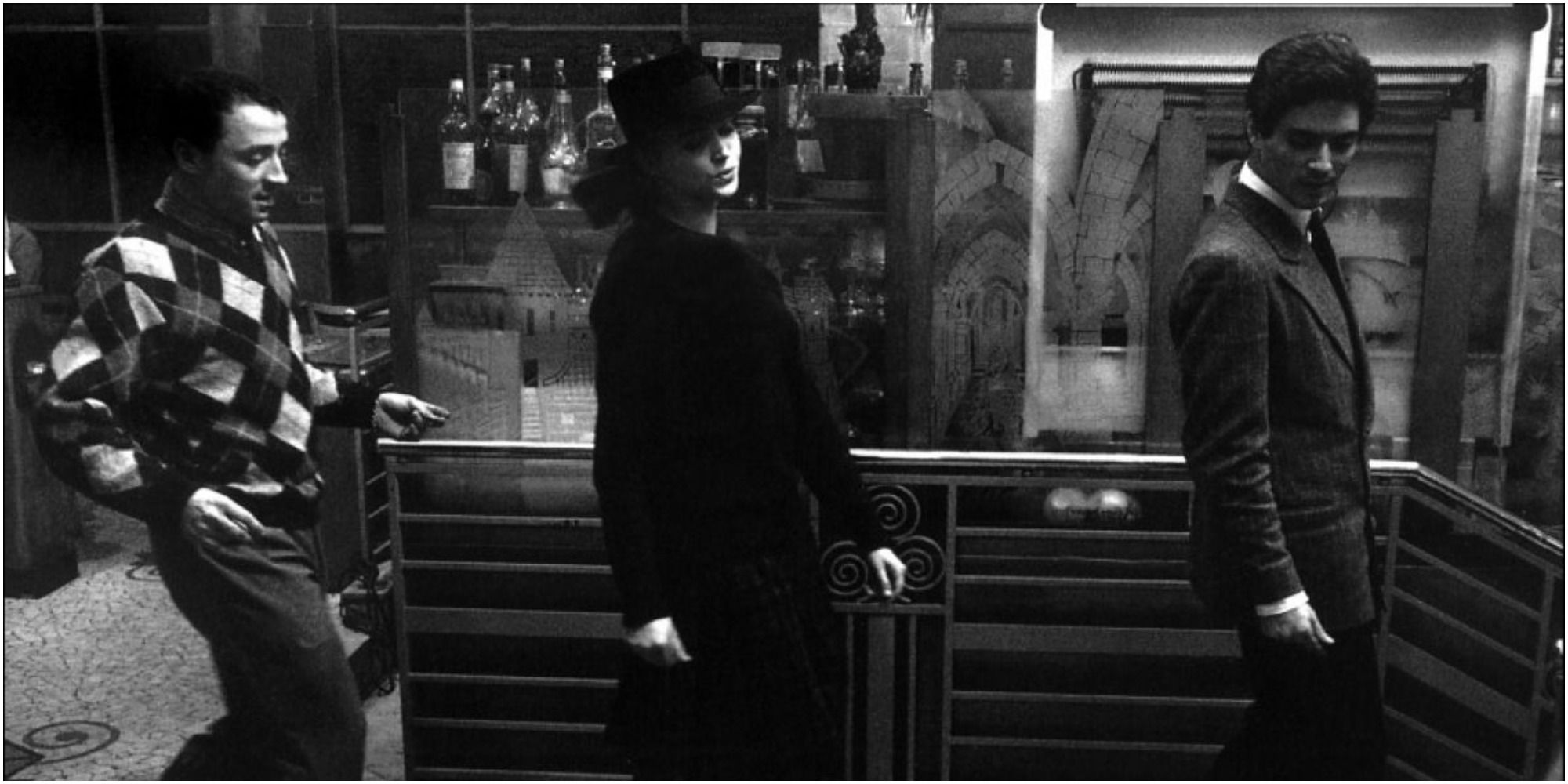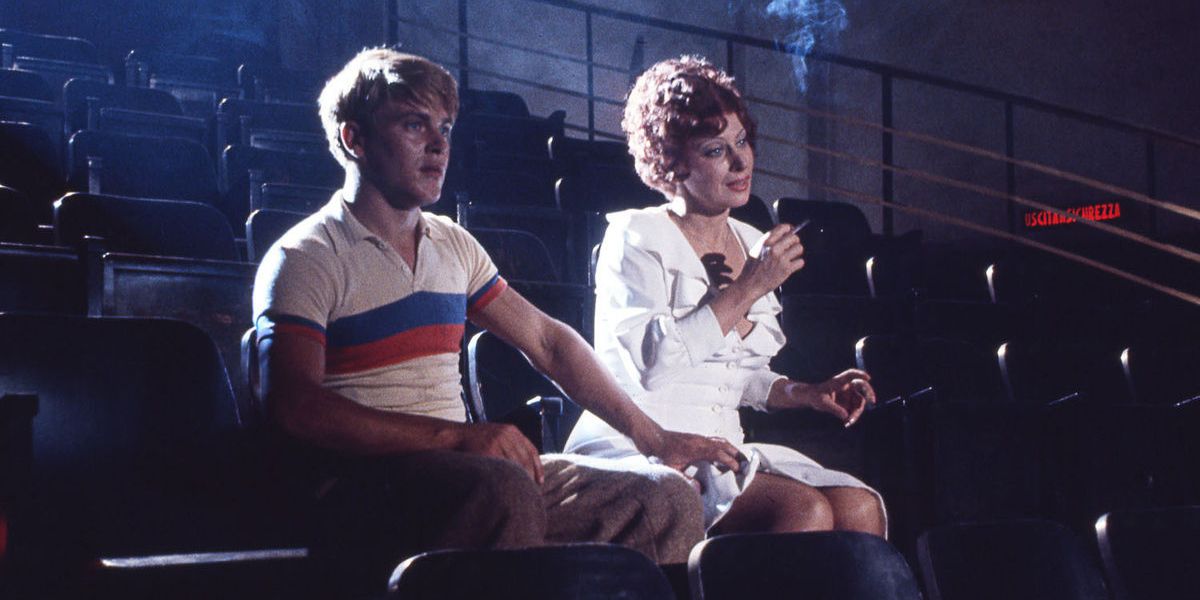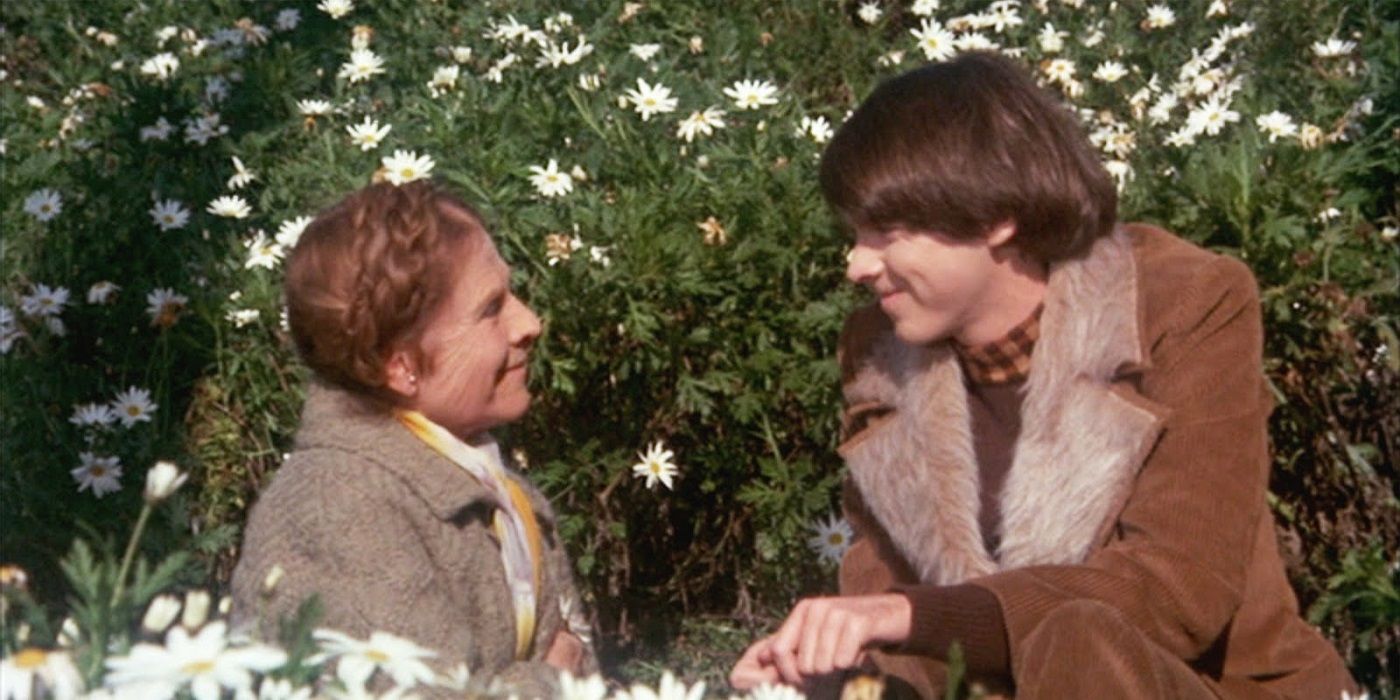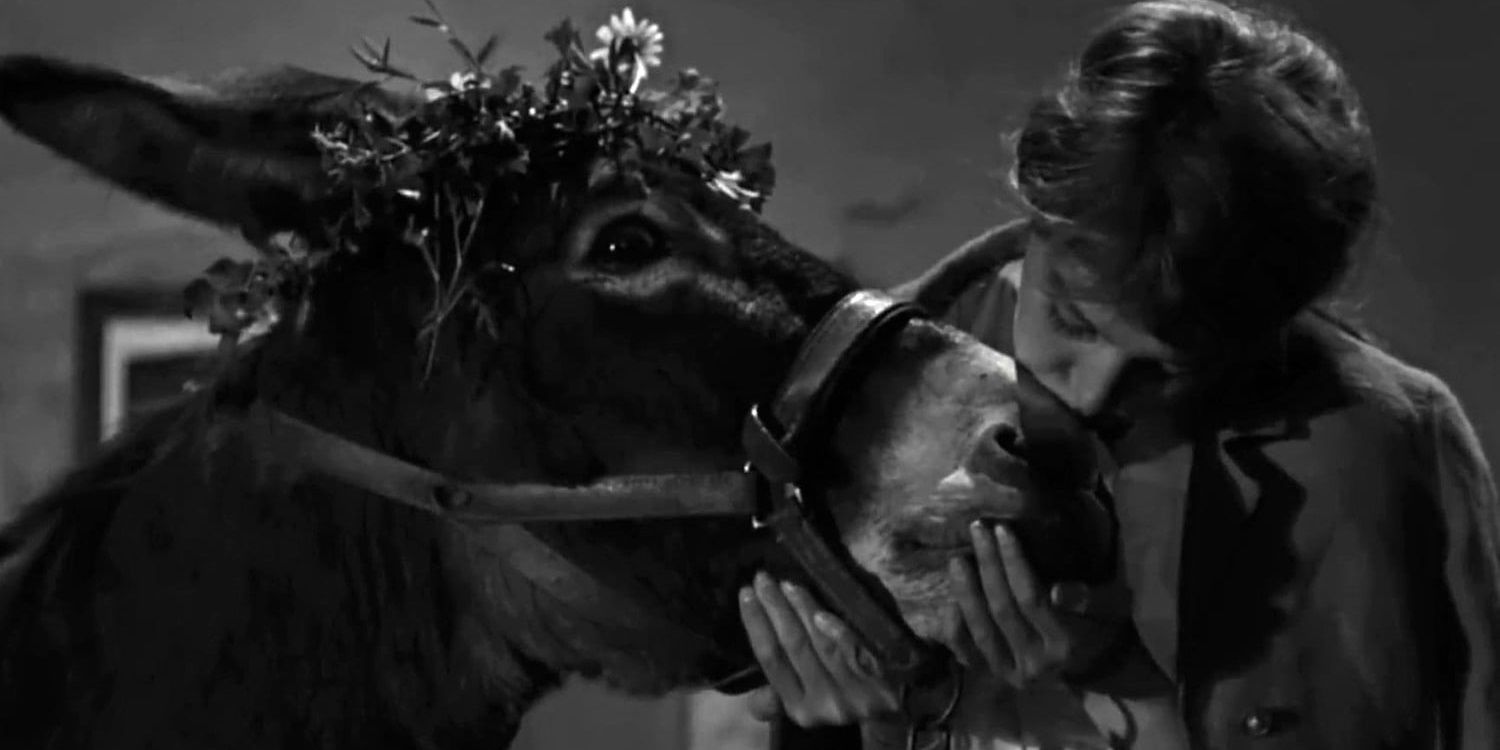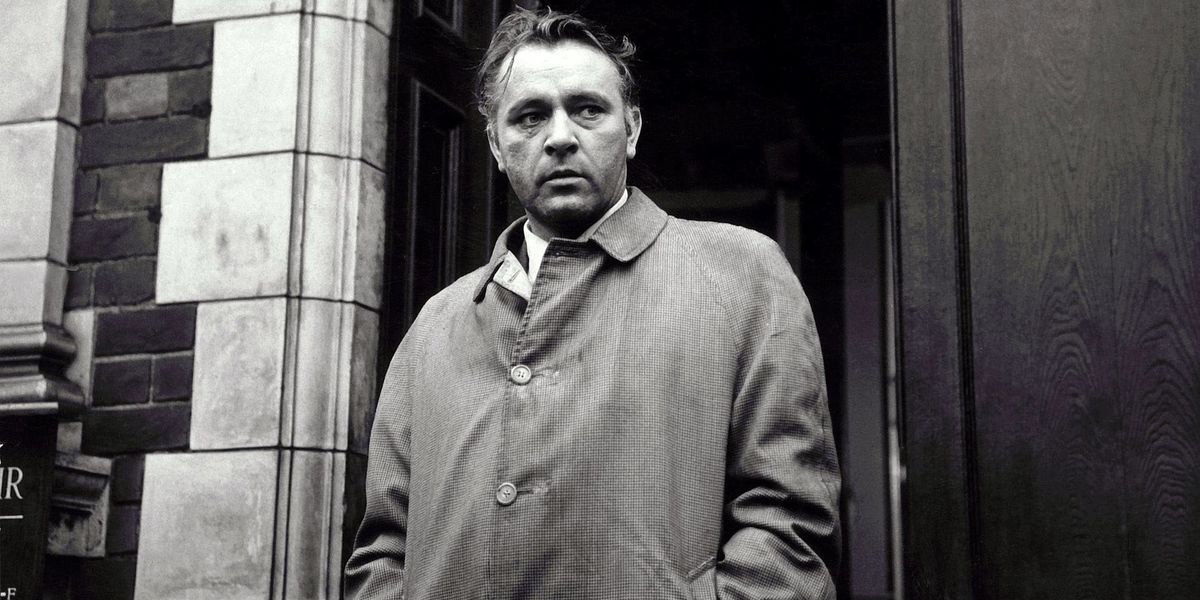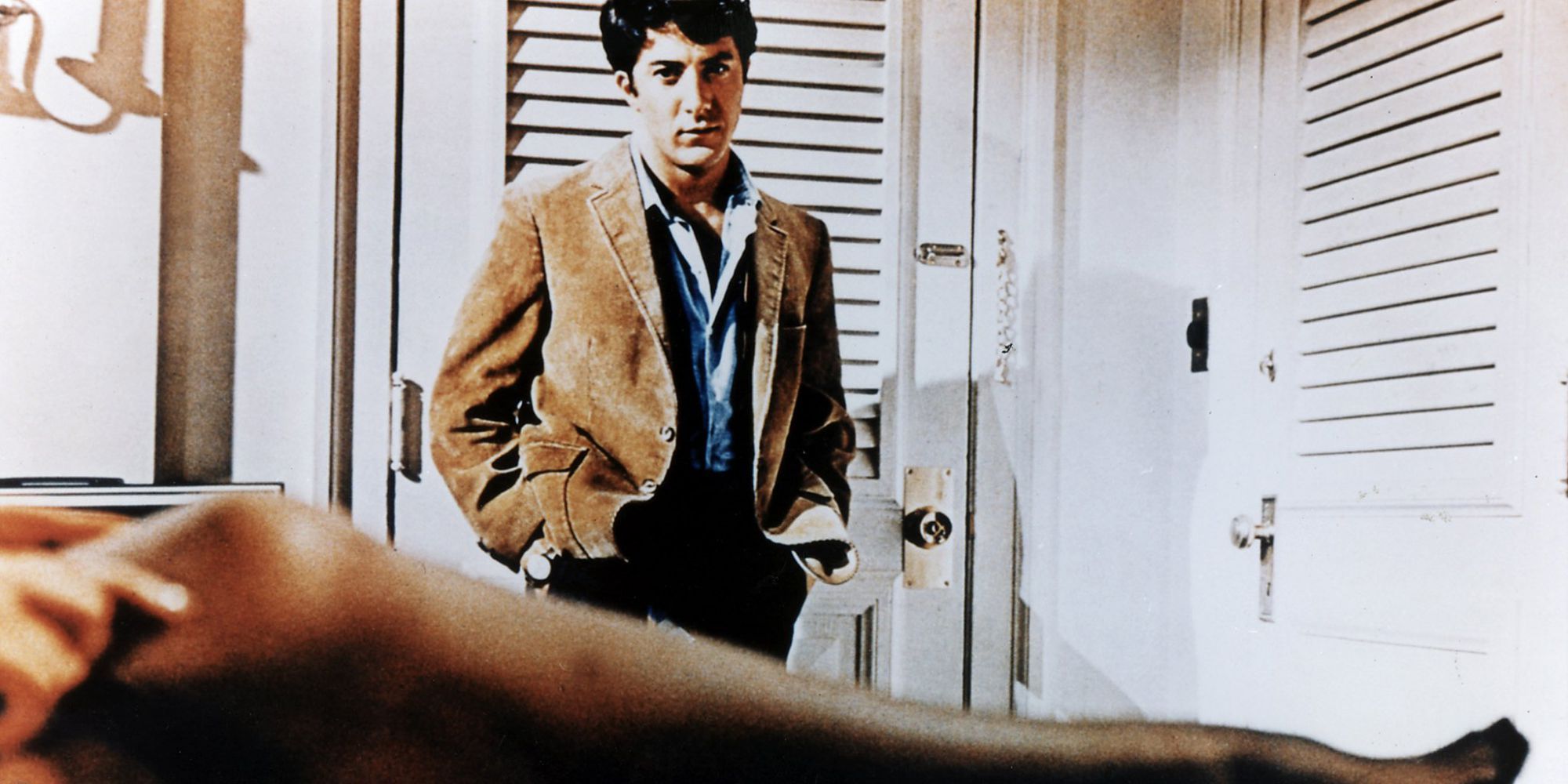As far as directors with their own distinctive visual styles go, Wes Anderson is pretty high on the list. Not only does he have a recognizable and unique directorial style — symmetrical composition, in-camera editing, deadpan humor etc. — he’s also one of the most popular filmmakers working today.
Whenever Anderson has a new movie coming out (which he does this year, with The French Dispatch), he has a legion of fans who start foaming at the mouth. The Andersonian oeuvre has been influenced by a ton of different movies over the years. So, here are 10 movies that influenced the work of Wes Anderson.
The Magnificent Ambersons (1942)
Released in 1942, but set at the turn of the 20th century, Orson Welles’ period saga The Magnificent Ambersons tells the story of a wealthy family that loses their entire fortune. The influence that this movie had on The Royal Tenenbaums can’t be understated.
There are parallels between each family’s patriarch — Major Amberson and Royal Tenenbaum — and the Tenenbaum household bears a lot of similarities to the Amberson residence.
The 400 Blows (1959)
One of the defining works of the French New Wave movement, François Truffaut’s The 400 Blows has influenced a ton of Wes Anderson’s movies. Anderson has said that The 400 Blows is “one of the reasons I started thinking I would like to try to make movies.”
The film's deeply personal tales of attending school and the teenage experience had a big impact on Anderson’s own depiction of school life in Rushmore. He also named The 400 Blows as a major influence on The Grand Budapest Hotel.
Tokyo Story (1953)
A recurring theme in Wes Anderson’s movies sees strained parent-child relationships, particularly involving children who are grown up and parents who have realized their past mistakes. This theme is beautifully exemplified in Yasujirō Ozu’s 1953 drama Tokyo Story, which has massively influenced Anderson’s work.
Bande À Part (1964)
The most common influence that filmmakers have taken from Jean-Luc Godard’s Bande À Part is the spontaneous dance sequence, but what Wes Anderson responded to goes deeper than that.
The idea of young people giving crime a go and finding themselves hopelessly in over their heads in the criminal underworld — with a light, breezy tone to boot — seems to have heavily inspired Anderson’s debut feature, crime caper Bottle Rocket.
Amarcord (1973)
Federico Fellini’s Amarcord, which is told through a series of comedic vignettes set in a small Italian town in the 1930s, has strongly influenced the comic style of Wes Anderson’s filmography.
In particular, the movie heavily inspired Anderson’s short Castello Cavalcanti, which is also set in a small Italian town and stars Jason Schwartzman as an F1 driver who crashes his car in the town where his ancestors were born.
Harold And Maude (1971)
Hal Ashby’s cult classic Harold and Maude tells the risqué story of an older lady’s love affair with a young boy, with a totally earnest approach to the frowned-upon romance.
The movie clearly had a huge influence on Rushmore, Anderson’s own story of a young boy falling for an older woman. Anderson even used “The Wind” by Cat Stevens, which featured prominently in Harold and Maude, on the Rushmore soundtrack.
Au Hasard Balthazar (1966)
Wes Anderson really felt for the poor donkey who goes through hell in writer-director Robert Bresson’s 1966 masterpiece Au Hasard Balthazar. He included the film on the top-10 list he penned for Criterion. Bresson’s subsequent film, Mouchette, acts as a companion piece to this one.
The Spy Who Came In From The Cold (1965)
In the years since he started making animated movies, Wes Anderson’s live-action work has gotten more action-packed. And there have always been elements of espionage and intrigue in his storytelling.
A huge influence on this element of Anderson’s filmmaking has been The Spy Who Came in from the Cold, Martin Ritt’s film adaptation of the John le Carré novel of the same name. Richard Burton stars as a Cold War-era spy who finds himself in a terrifying situation when he agrees to one last mission.
The Fire Within (1963)
Along with The Magnificent Ambersons, Louis Malle’s The Fire Within was a prominent influence on The Royal Tenenbaums. The line “I’m going to kill myself tomorrow” from The Royal Tenenbaums was taken from the English translation of a line from The Fire Within.
Like Wes Anderson’s films, The Fire Within has a very noticeable visual style. It’s about a man who is taken to a private hospital to deal with his alcoholism, then leaves to reconnect with some old friends, who only increase his stress.
The Graduate (1967)
Mike Nichols’ The Graduate has always been a favorite of Wes Anderson’s. He even admitted to stealing a couple of Nichols’ shots for use in Rushmore, the Anderson movie that most closely follows the themes of The Graduate.
The existential tale of a young student who has no idea what he wants to do with his life is universally identifiable. Dustin Hoffman plays Benjamin Braddock as a stand-in for every young person who’s ever faced a similar crisis.

